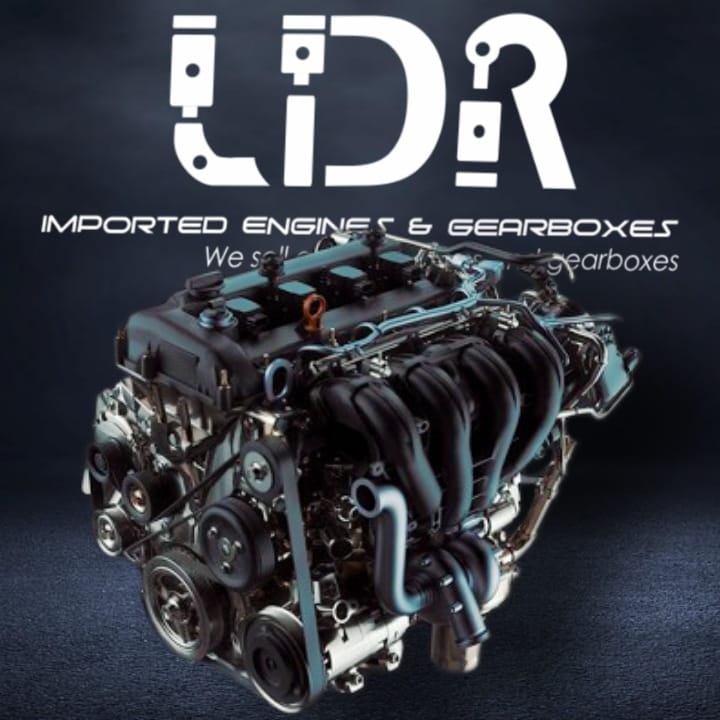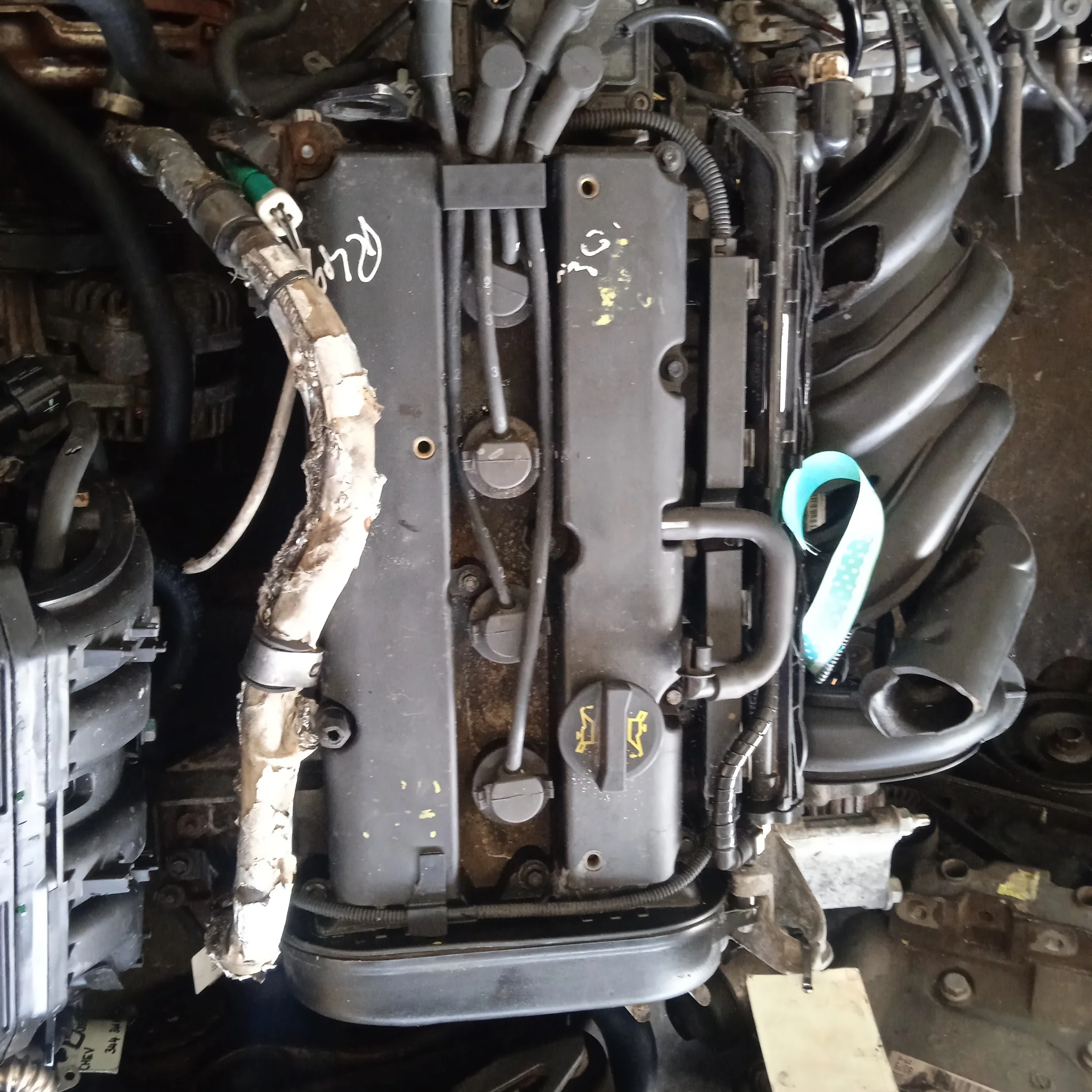Expert Tips for Optimizing Your Ford Fiesta Engine Efficiency
Expert Tips for Optimizing Your Ford Fiesta Engine Efficiency
Blog Article
Discovering the Advancement of Engines: From Classic Layouts to Modern Marvels
The evolution of engine technology stands for a significant narrative in the history of development, noted by pivotal developments that have consistently redefined transportation and industry. From the first heavy steam engines that powered the Industrial Revolution to the introduction of interior combustion engines that changed wheelchair, each phase has actually added to better efficiency and capability. Currently, the change to electrical power signifies not just a technical shift however likewise a wider dedication to environmental sustainability. As we analyze these milestones, one have to think about exactly how the future of engine style might unfold, challenging our perceptions of power and efficiency.
The Birth of Engine Modern Technology
The development of engine innovation marked a crucial minute in human innovation, changing energy conversion and transportation. The earliest engines arised from the demand to harness mechanical power for sensible usage, bring about the growth of gadgets that transformed various energy types into movement. The principle of the engine can be mapped back to ancient civilizations, where basic devices, such as the waterwheel and windmill, made use of all-natural pressures to carry out work. It was throughout the late 17th and very early 18th centuries that considerable improvements began to emerge.
The growth of the interior combustion engine and the creation of the vapor engine catalyzed an extensive change in industrial capabilities. These engines not just enhanced effectiveness however also increased the scope of human flexibility, allowing extraordinary transport possibilities. The early prototypes prepared for the mechanized globe, assisting in the increase of markets and improving social structures.
As engine layouts developed, they included ingenious products and progressed design principles, paving the method for contemporary growths - ford fiesta engine. The birth of engine modern technology ignited a relentless pursuit of efficiency and power, setting the phase for the vibrant development of transport and commercial equipment that would certainly follow
Heavy Steam Engines and Their Impact

The heavy steam engine's effect was particularly apparent in the transportation field (ford fiesta engine). Steam-powered engines assisted in the fast activity of goods and individuals across substantial ranges, effectively diminishing the geographical obstacles that had actually formerly hindered trade and communication. In a similar way, steamships changed naval travel, enabling quicker and a lot more reputable crossings of seas and rivers.
In industry, heavy steam engines powered factories, allowing mass manufacturing and the rise of city facilities as hubs of financial activity. Vapor innovation cultivated innovations in design and manufacturing procedures, laying the foundation for future advancements in engine layout.
The Rise of Inner Combustion
Frequently outweighing heavy steam power, the surge of internal burning engines marked a transformative change in transport and market throughout the late 19th and early 20th centuries. The growth of these engines, characterized by their capacity to burn gas within the engine itself, allowed greater performance and power compared to typical heavy steam engines. Pioneering inventors such as Nikolaus Otto and Rudolf Diesel played essential roles in improving engine layouts, leading to widespread adoption in vehicles, watercrafts, and industrial equipment.
The inner combustion engine's portable size and relatively lightweight nature helped with the emergence of individual cars, transforming individual mobility and improving metropolitan landscapes. By enabling faster traveling and the efficient transport of products, these engines catalyzed financial development and promoted globalization. The adaptability of gas alternatives, consisting of gasoline and diesel, even more improved their charm, permitting varied applications across different markets.
Regardless of the environmental problems that would certainly later on develop, the first attraction of inner burning modern technology stocked its transformative capacity. As society accepted this technology, the structure was laid for modern transport systems, developing internal combustion engines as a cornerstone of commercial innovation and day-to-day live throughout the 20th century.
Advancements in Engine Efficiency
As inner burning engines came to be integral to transport and market, the focus moved towards enhancing their efficiency to meet growing needs for efficiency and sustainability. Advancements in engine style, material scientific research, and technology have significantly added to this development.
One major innovation is the growth of turbocharging, which permits raised air intake, resulting in even more complete gas combustion and enhanced power output without expanding engine size. Furthermore, variable shutoff timing systems have been implemented to maximize engine performance across numerous RPM varieties, thereby boosting fuel performance.
The usage of innovative fuel shot modern technologies, such as direct injection, has also played a critical role. This technique permits more precise control over the fuel-air mixture, promoting far better burning and decreasing exhausts. Light-weight products, consisting of light weight aluminum and composite parts, have been taken on to reduce overall engine weight, leading to improved effectiveness.
These advancements show a more comprehensive fad within the automobile sector, where the harmony in between engineering technology and environmental factors to consider drives the recurring mission for greater effectiveness in inner combustion engines. Therefore, contemporary engines are now a lot more effective, cleaner, and effective than ever previously, paving the way for an extra sustainable future in transportation.
The Change to Electric Power
With growing problems over ecological impact and fossil gas dependence, the automobile market is experiencing a substantial change towards electrical power. This shift my blog is driven by a mix of technical developments, governing pressures, and changing consumer preferences. Electric vehicles (EVs) use a compelling alternative to standard inner burning engines, boasting minimized greenhouse gas exhausts and reduced operating costs.
The rise of battery technology has been a video game changer, with lithium-ion batteries becoming a lot more reliable and economical. Enhanced energy density and faster charging abilities have made EVs extra useful for day-to-day use. Moreover, governments worldwide are carrying out rewards and setting enthusiastic targets for phasing out fossil fuel vehicles, thereby accelerating the adoption of electric power.
As billing framework expands and battery technology proceeds to boost, the shift to electric power is positioned to improve the automotive landscape, promoting sustainability and advancement in the years to come. The future of transport is electrical, and the momentum is obvious.
Verdict
The advancement of engine modern technology represents a considerable trajectory of innovation that has actually exceptionally affected transportation and industry. From the foundational vapor engines to the transformative internal burning engines, each advancement has actually added to enhanced wheelchair and economic development. The current transition toward electrical power emphasizes an essential dedication to sustainability, driven by innovations in battery technology. This ongoing evolution not just reflects altering societal demands but also highlights the possibility for a cleaner and more efficient future in engine style.

Report this page